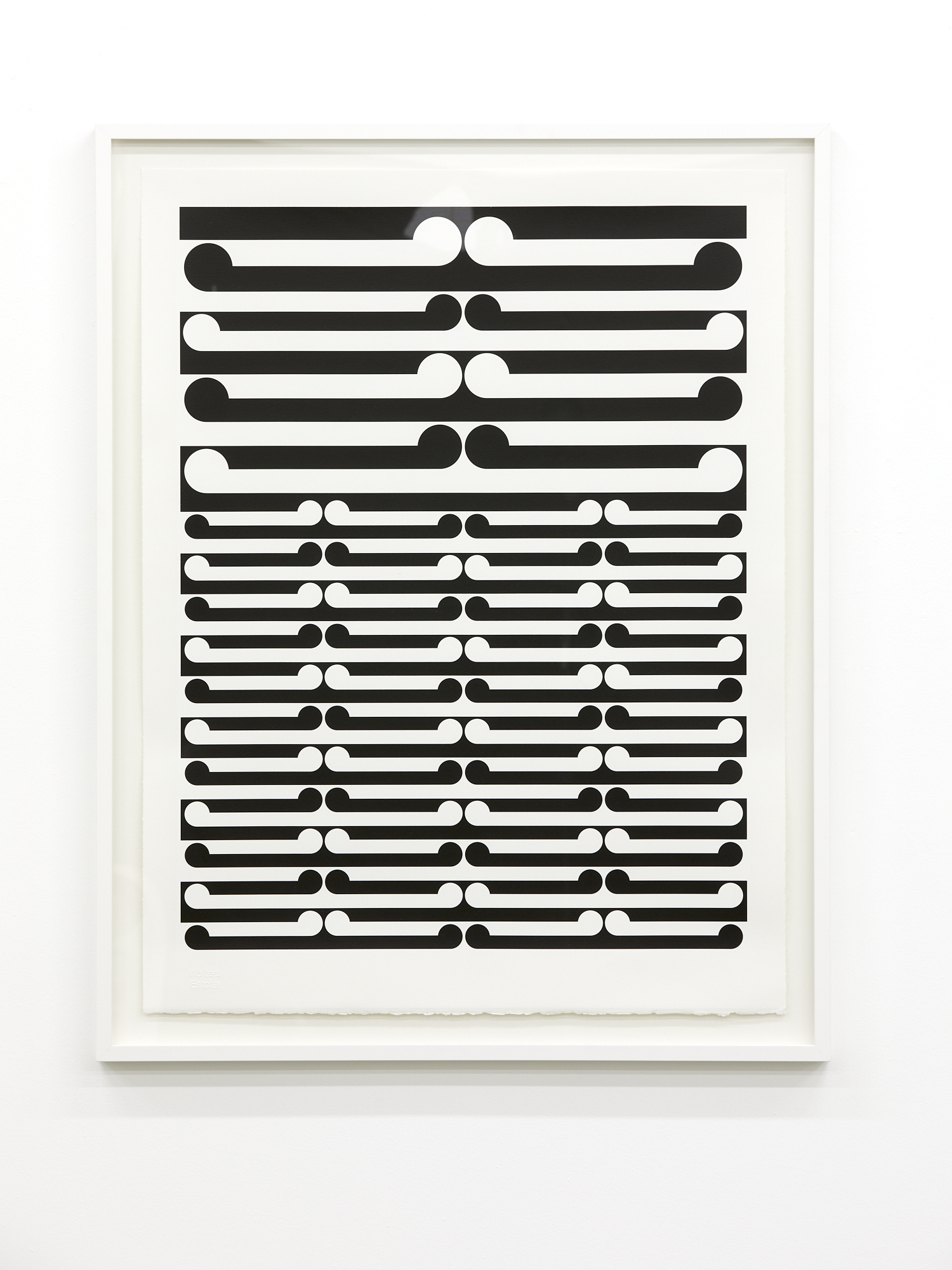Gordon Walters
Gordon Walters (born 1919 Wellington, New Zealand; died 1995, Christchurch) is best known for his paintings employing the koru, the curving bulb form from Maori moko and kowhaiwhai rafter patterns. He Mondrian-ised the koru, straightening and regimenting its scroll-like forms, taking it from organic to strictly geometric. Walters was a master of modernist abstraction. In early works, he created configurations in which often curvilinear forms seem to jostle against each other. However the later paintings offer a strict geometry and shapes that butt up against each other, powerfully claiming their place on the canvas, yet with a delicacy of vision achieved through careful chromatic and structural shifts. In the 1970s and 80s Walters intensified the process by which his sources were rendered down into elemental forms. His later works lean towards tightly painted geometric abstraction, in which pure shape and untextured brushwork further Walters’ translation of natural form into a purely abstract language.
Walters is a revered figure in New Zealand; recognised for a long and productive career spanning five decades. The Auckland Art Gallery Toi o Tamaki presented a retrospective exhibition of his work in 1983 and a survey exhibition, Parallel Lines, in 1994; he has been included in a number of survey shows, including A Very Peculiar Practice: Aspects of Recent New Zealand Art at the City Gallery, Wellington. Walters is represented in the country’s major public collections and his place in New Zealand art history is also memorialised in the bi-annual Walters Prize exhibition and award at the Auckland Art Gallery Toi o Tamaki.

























